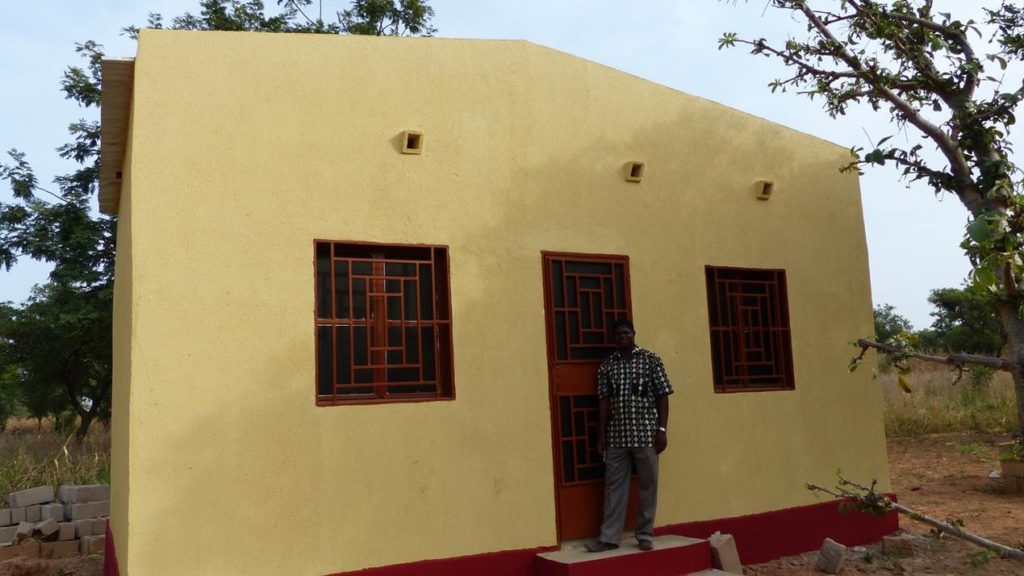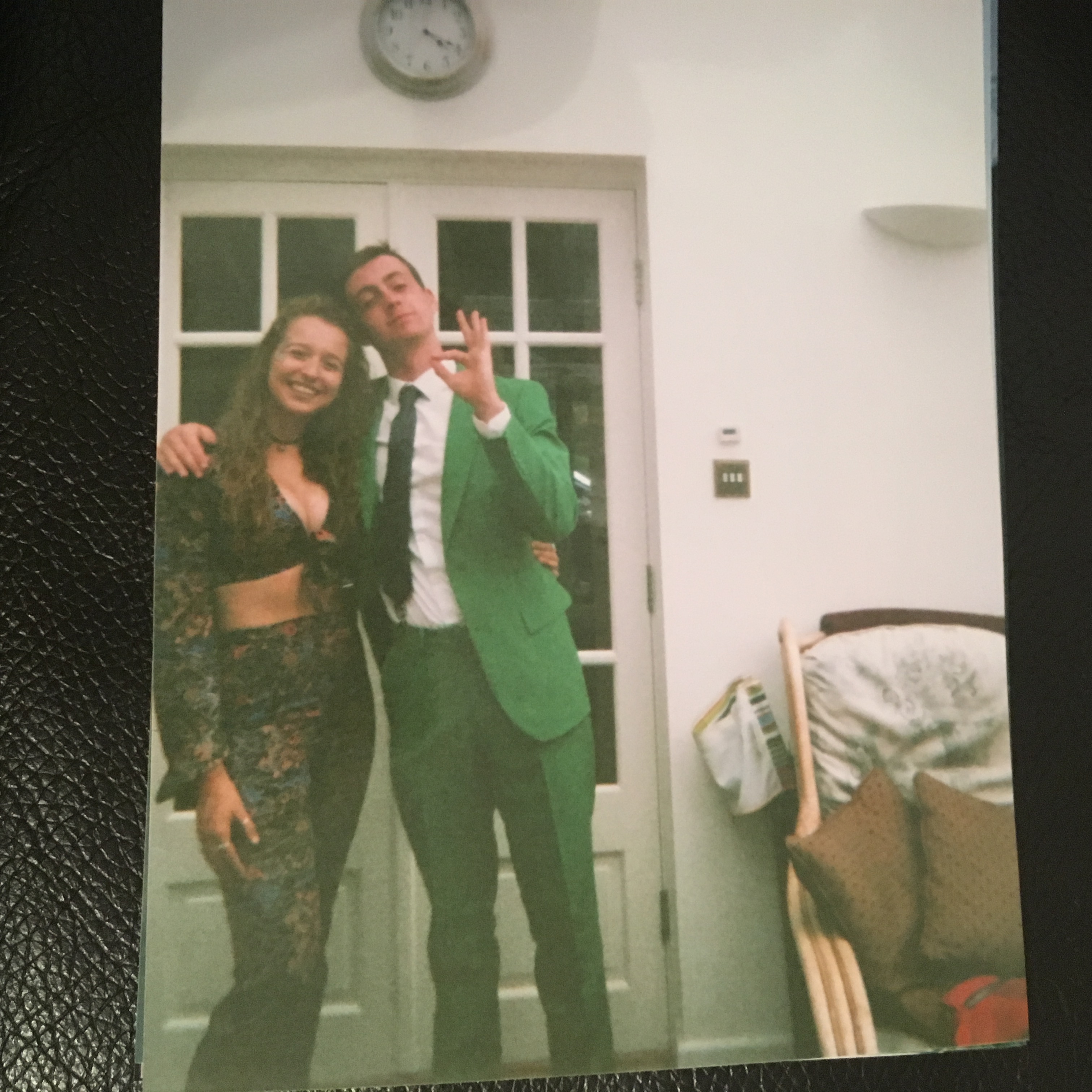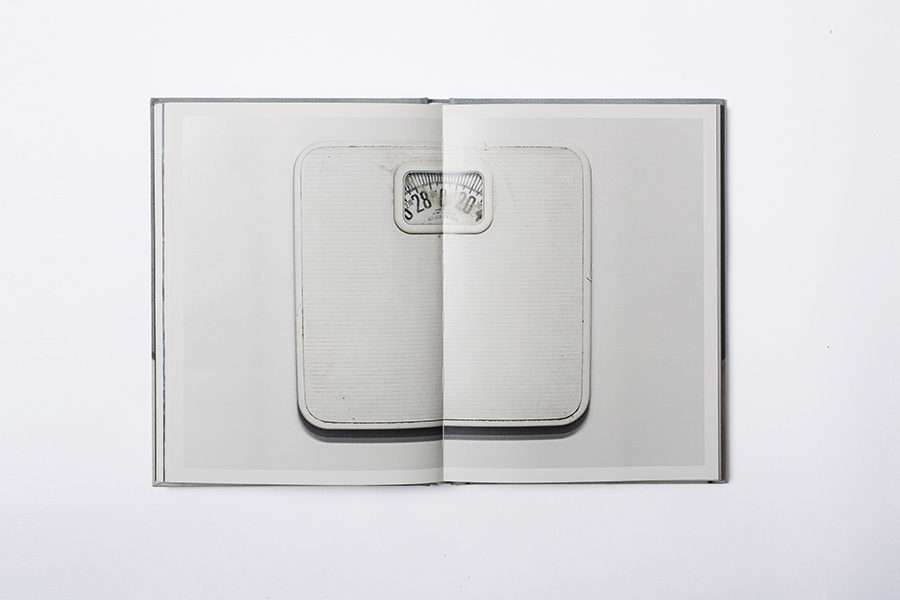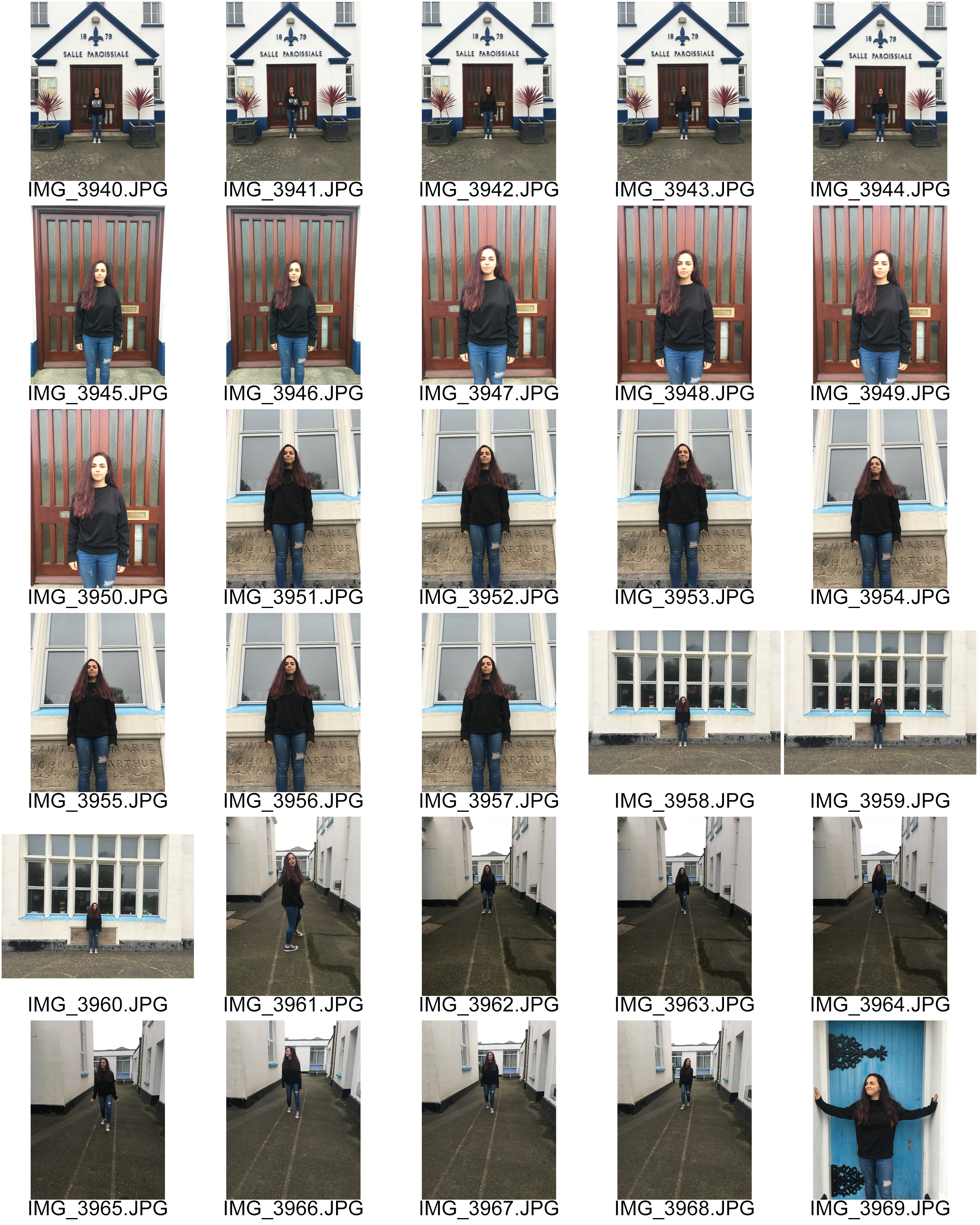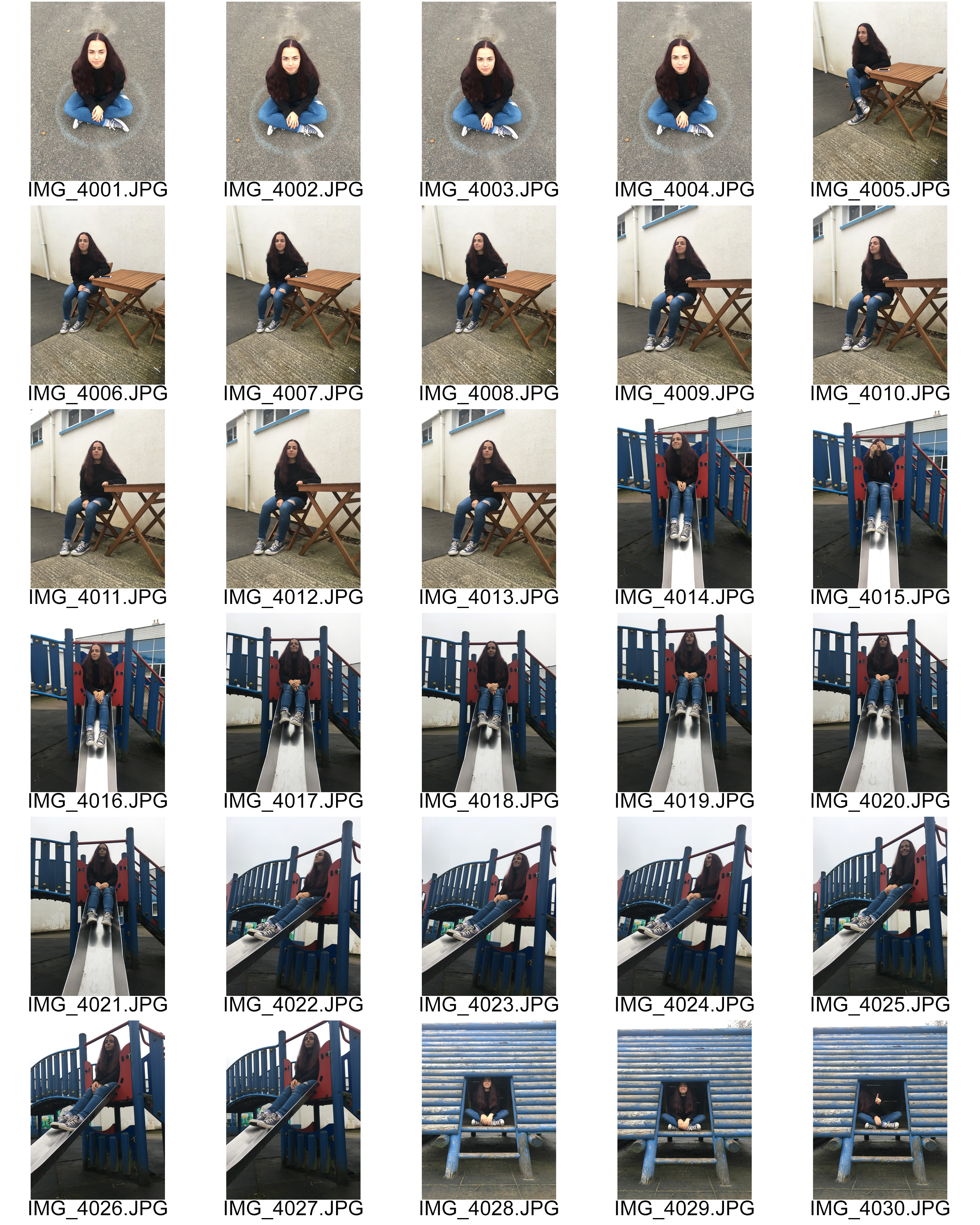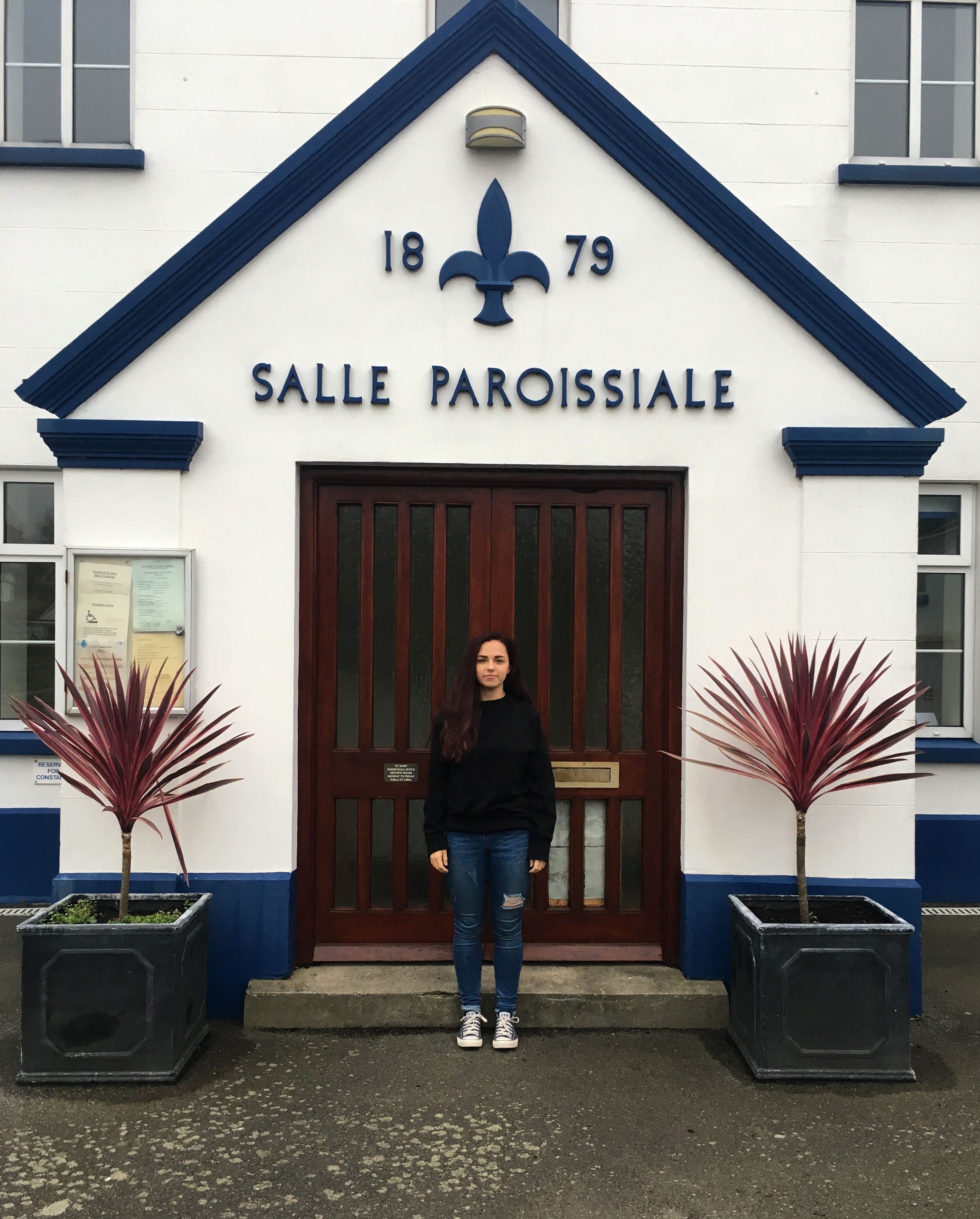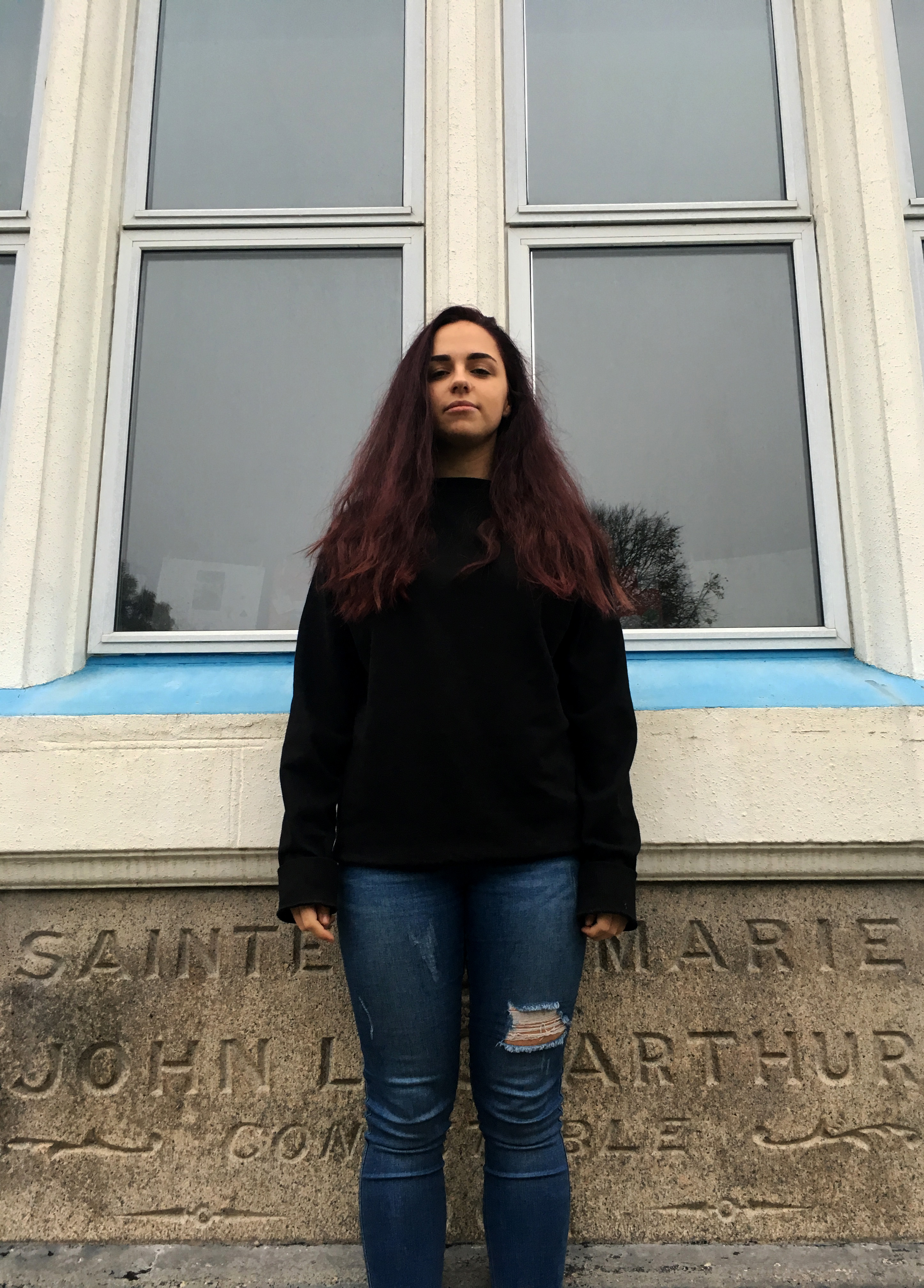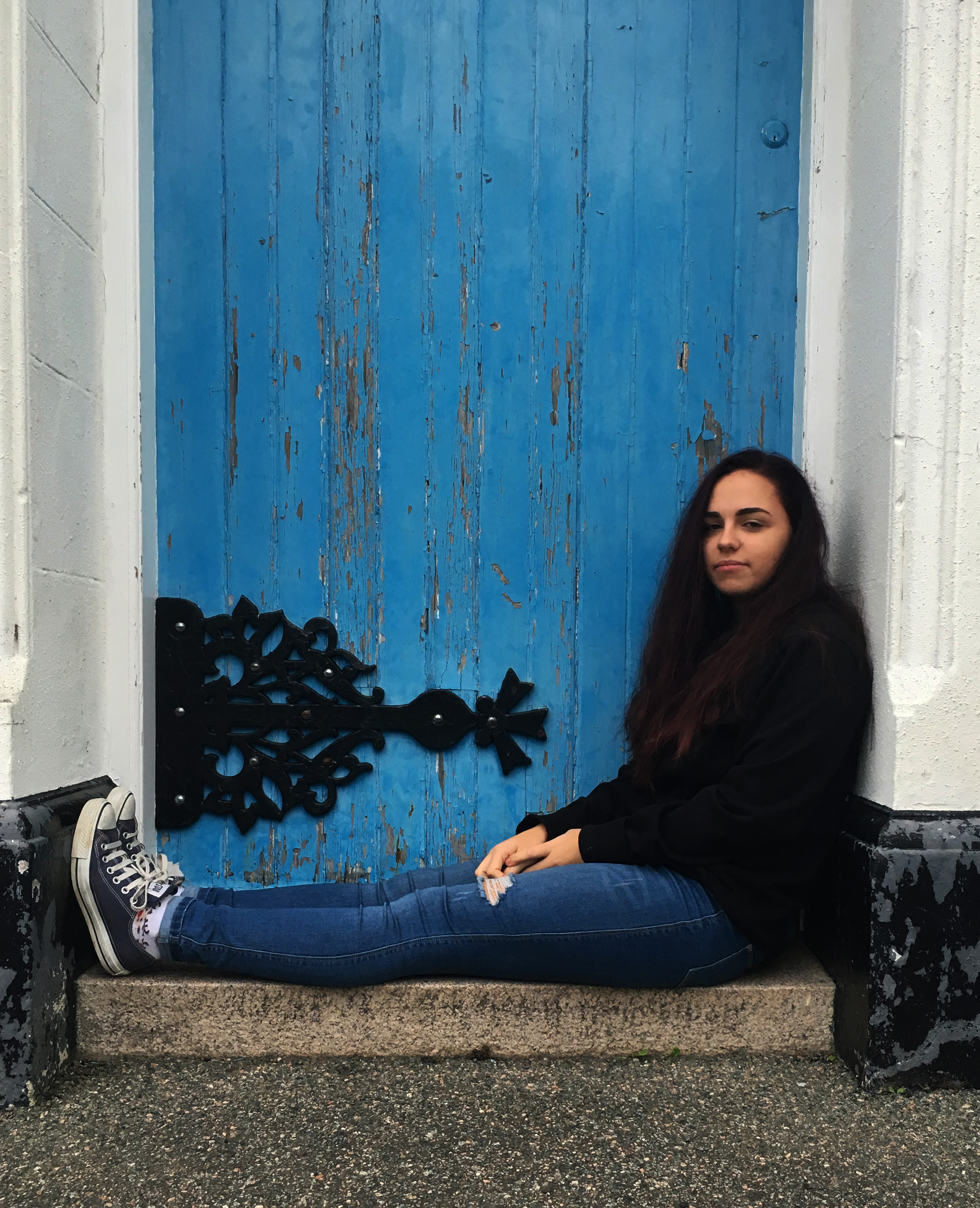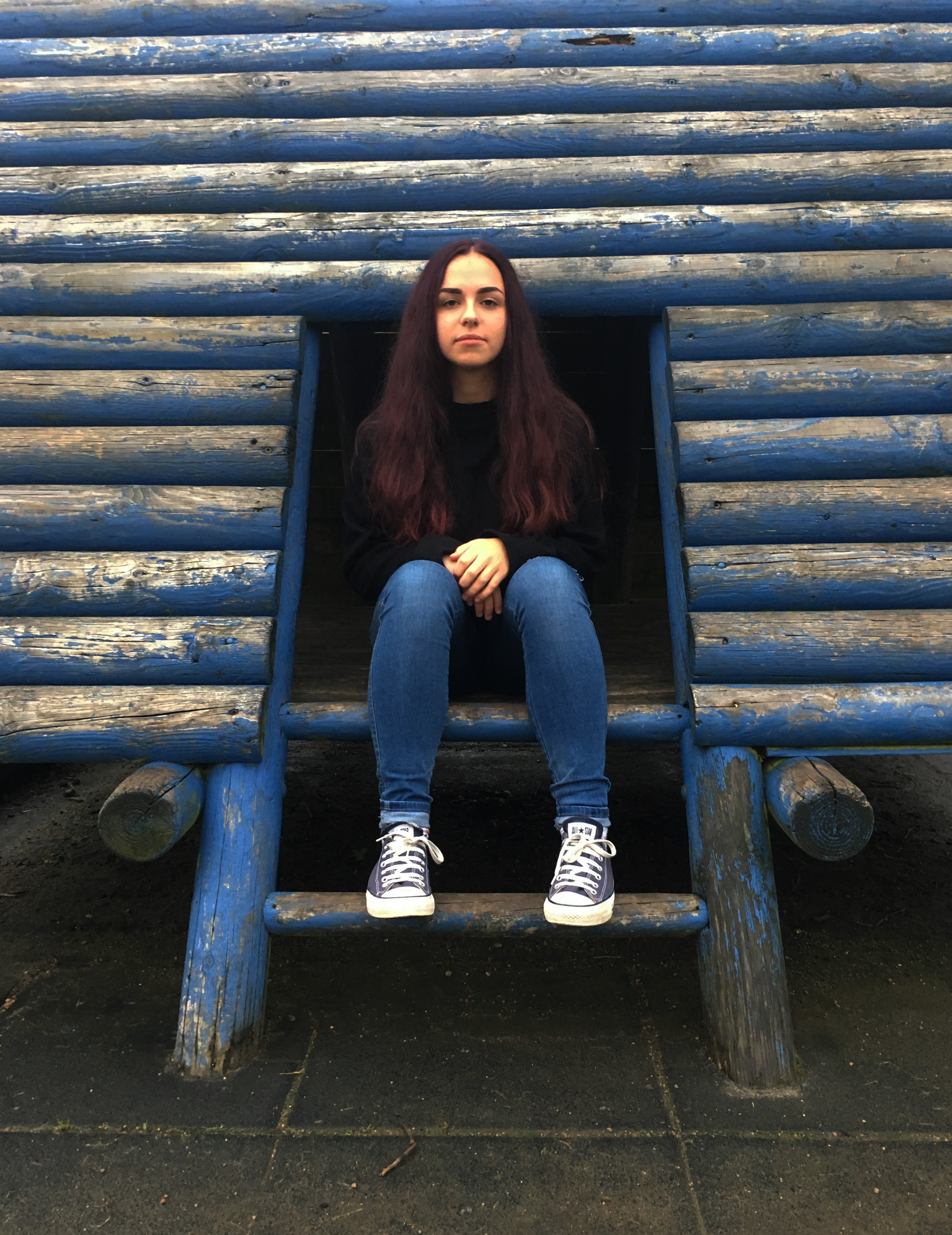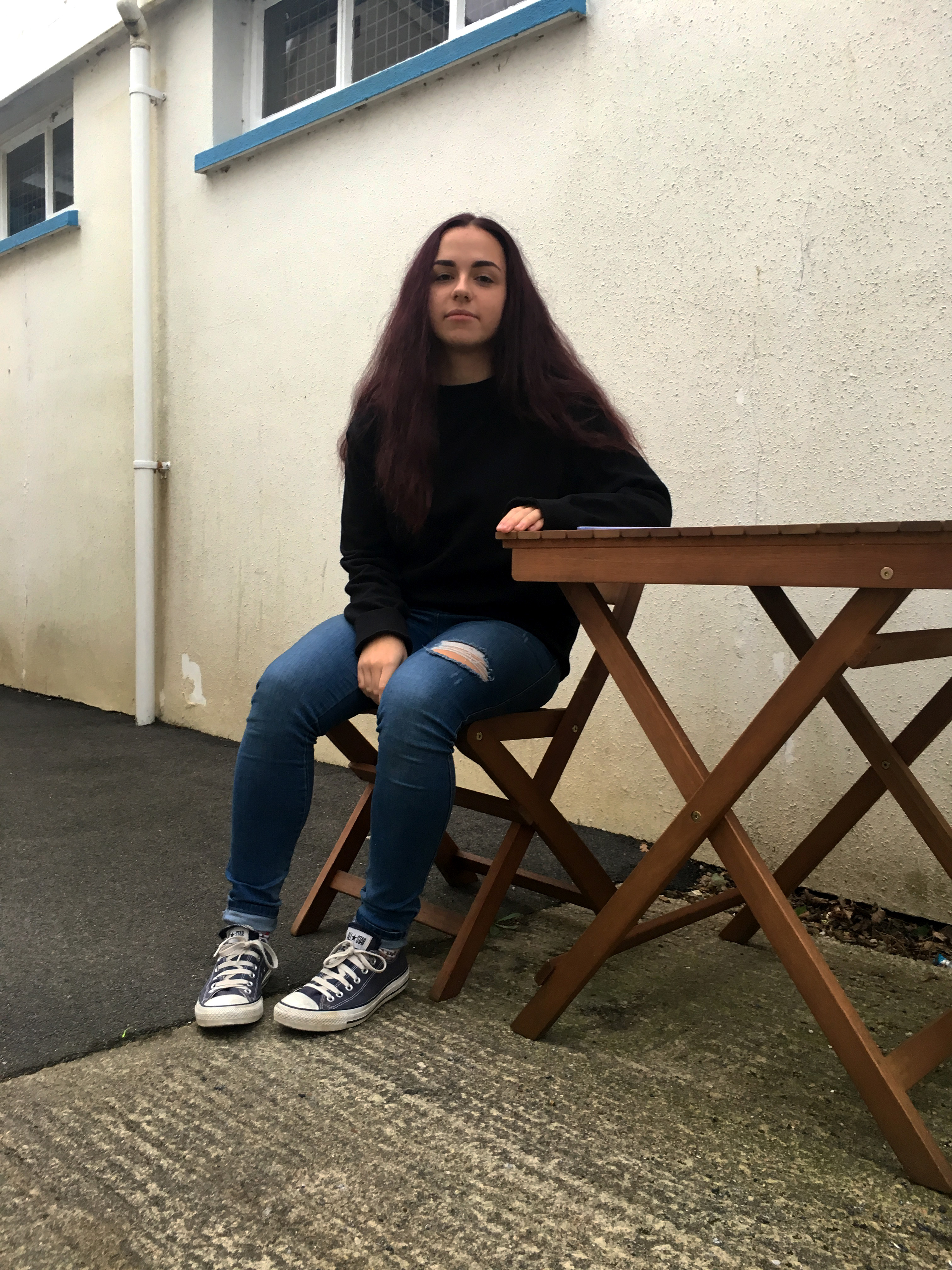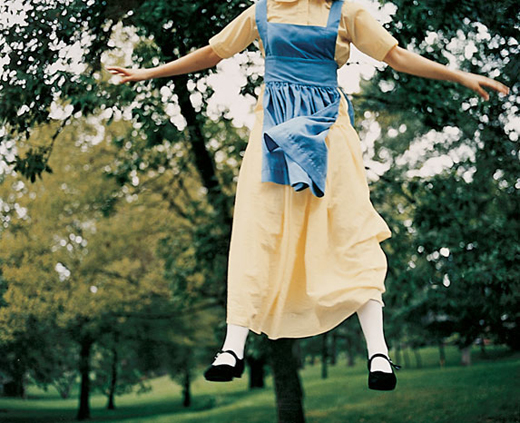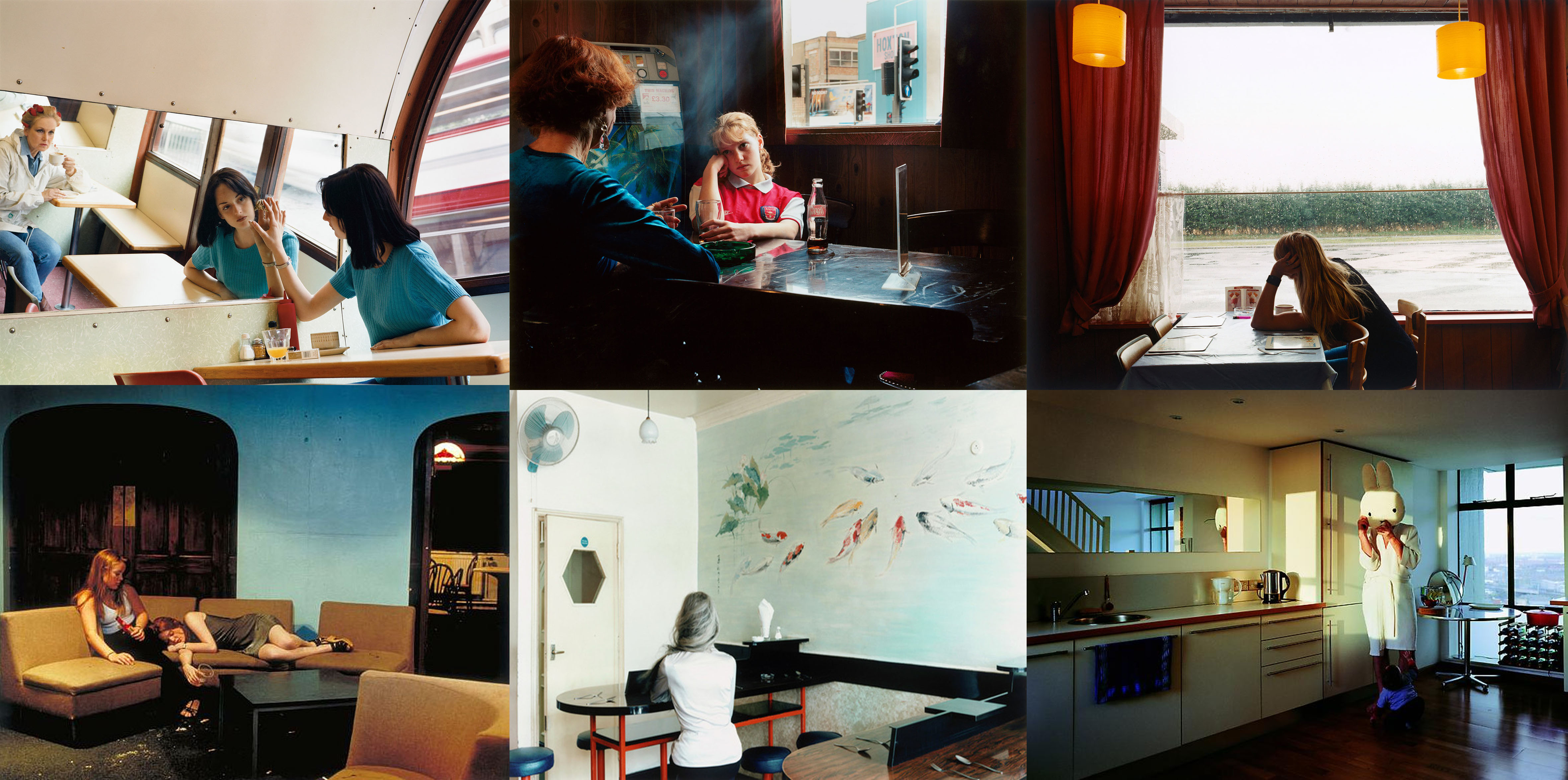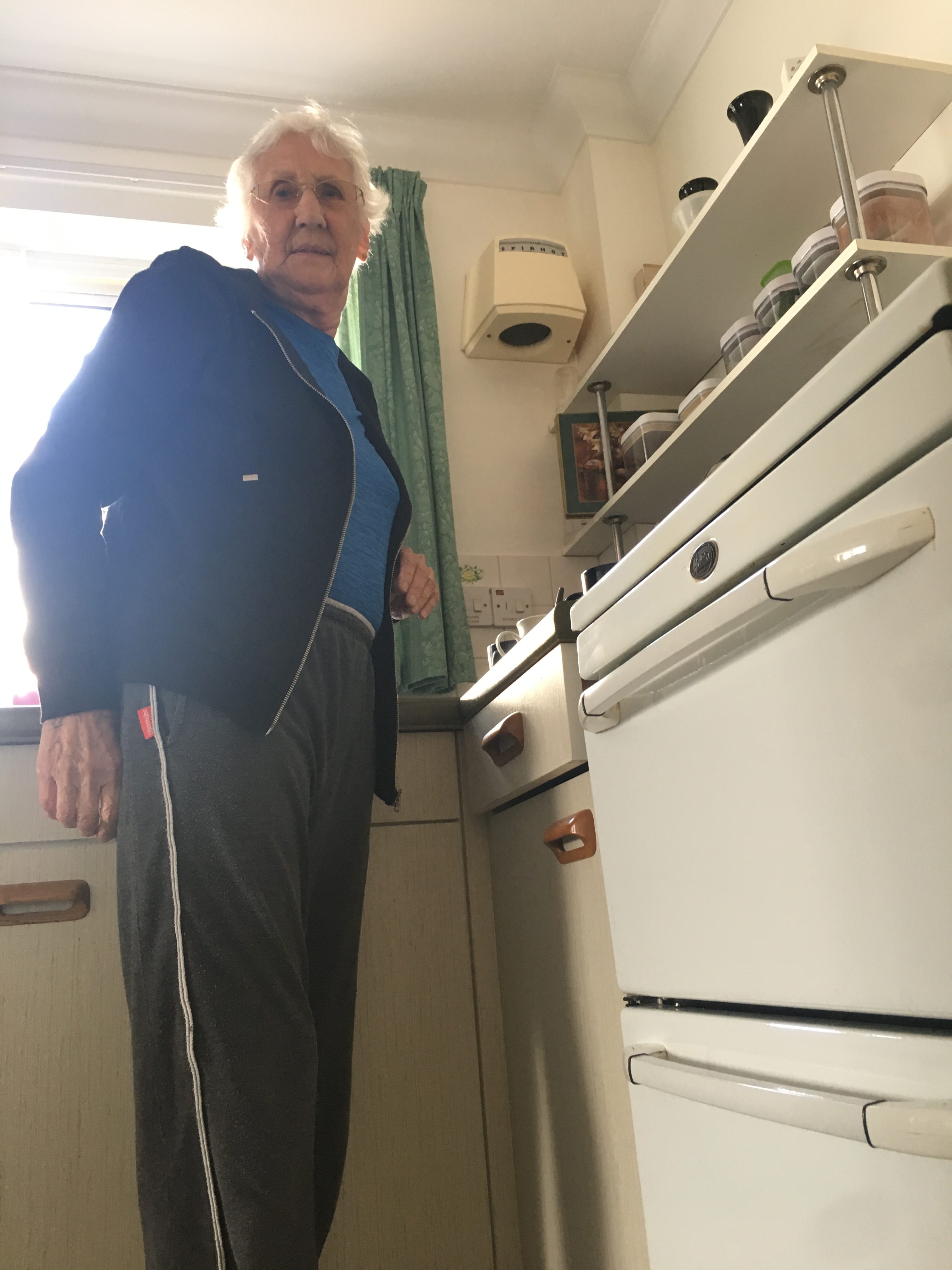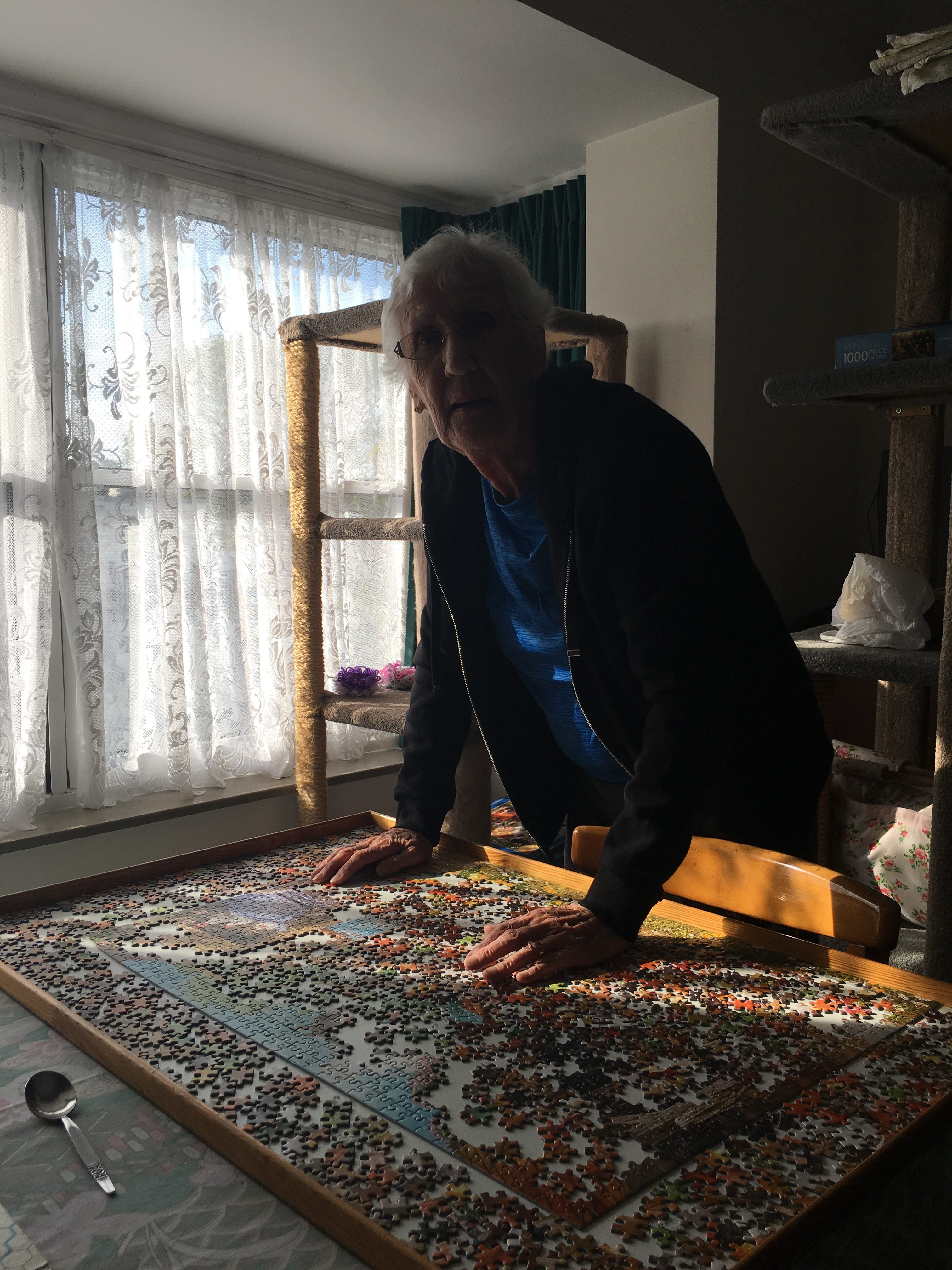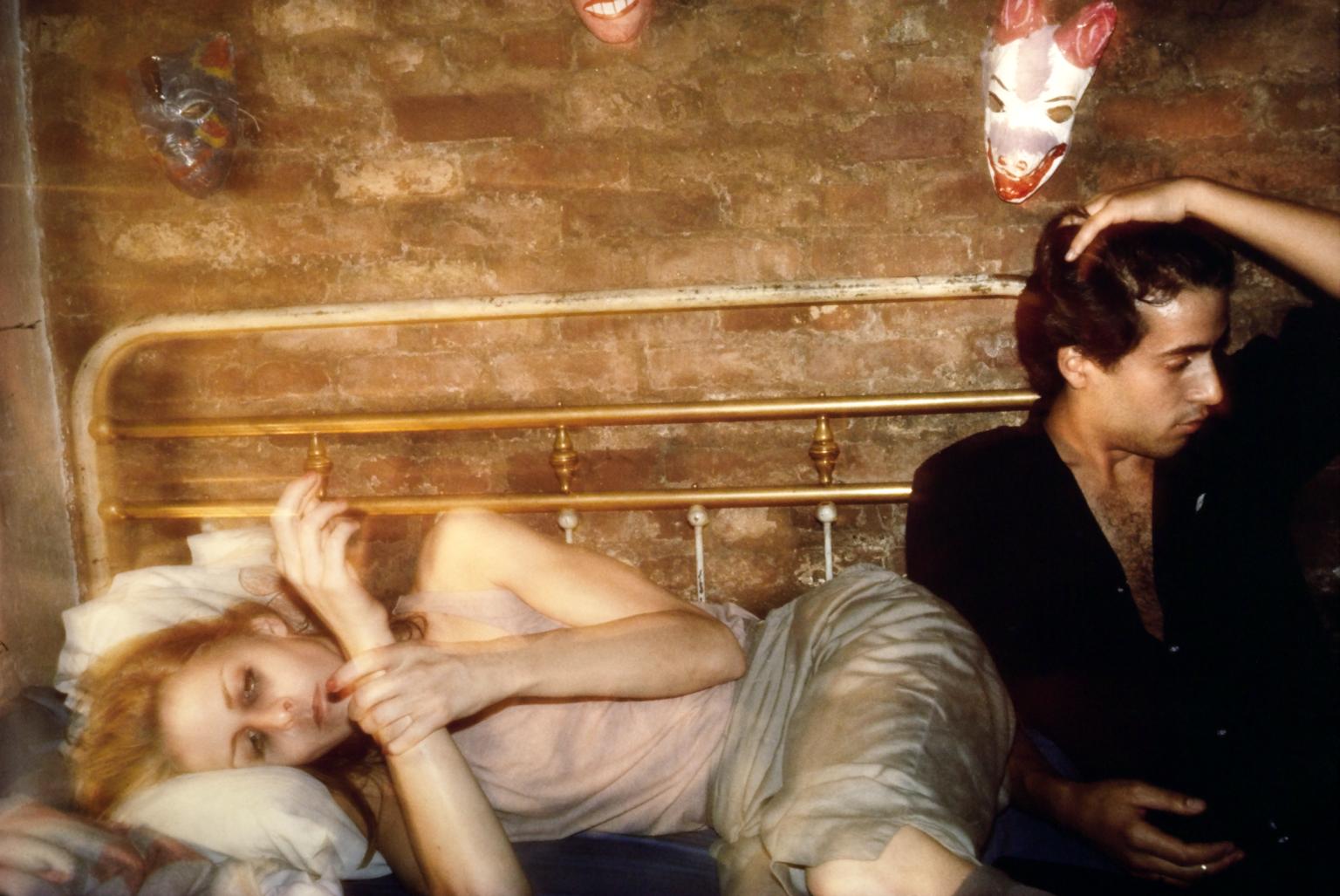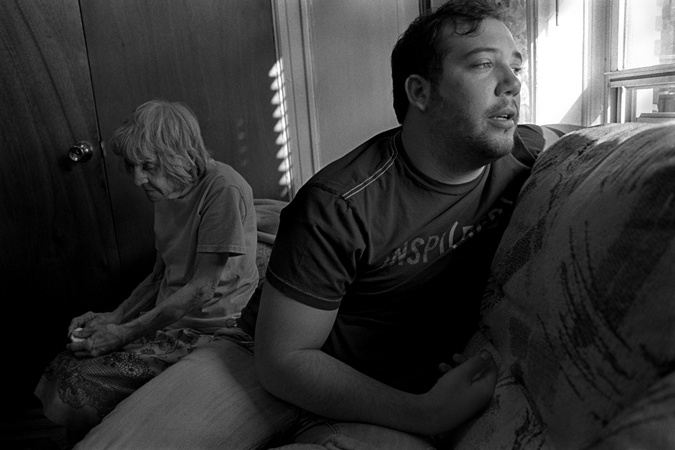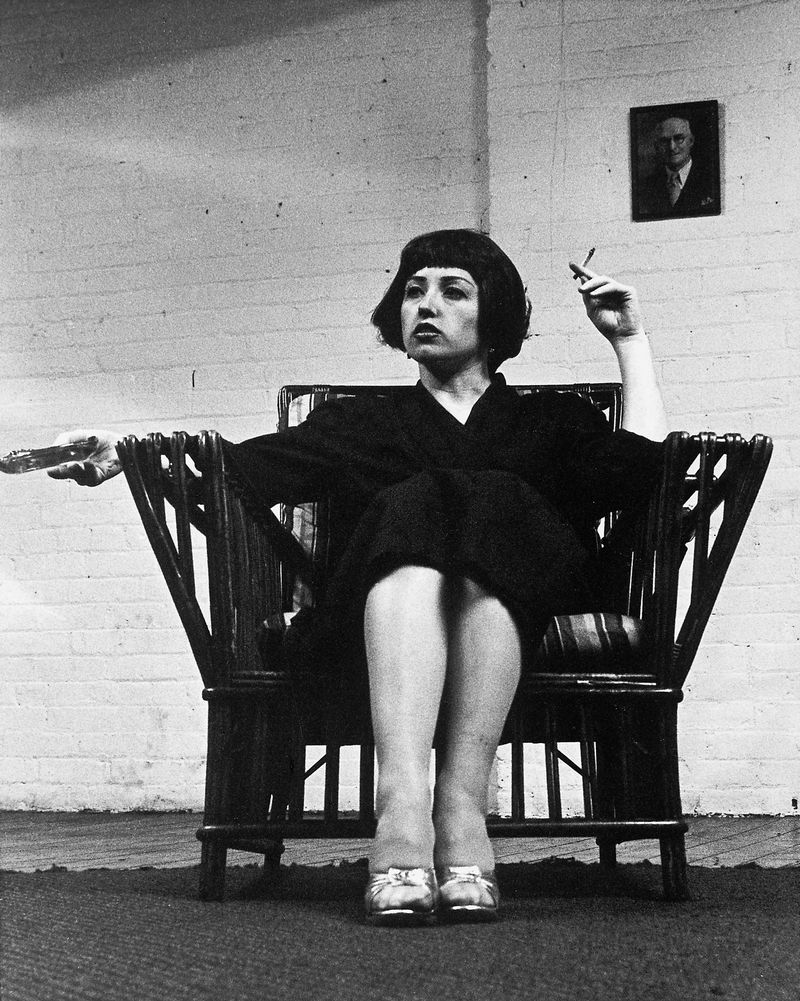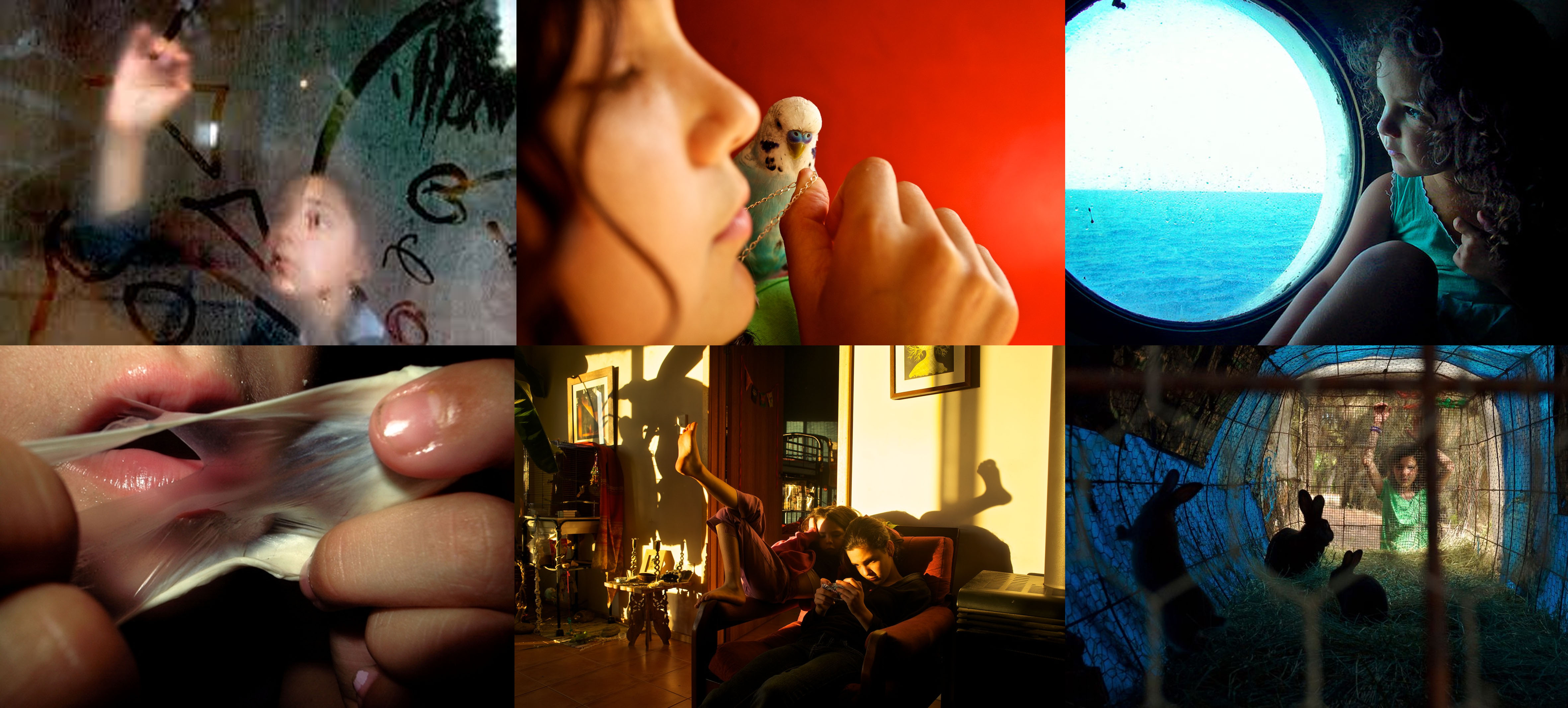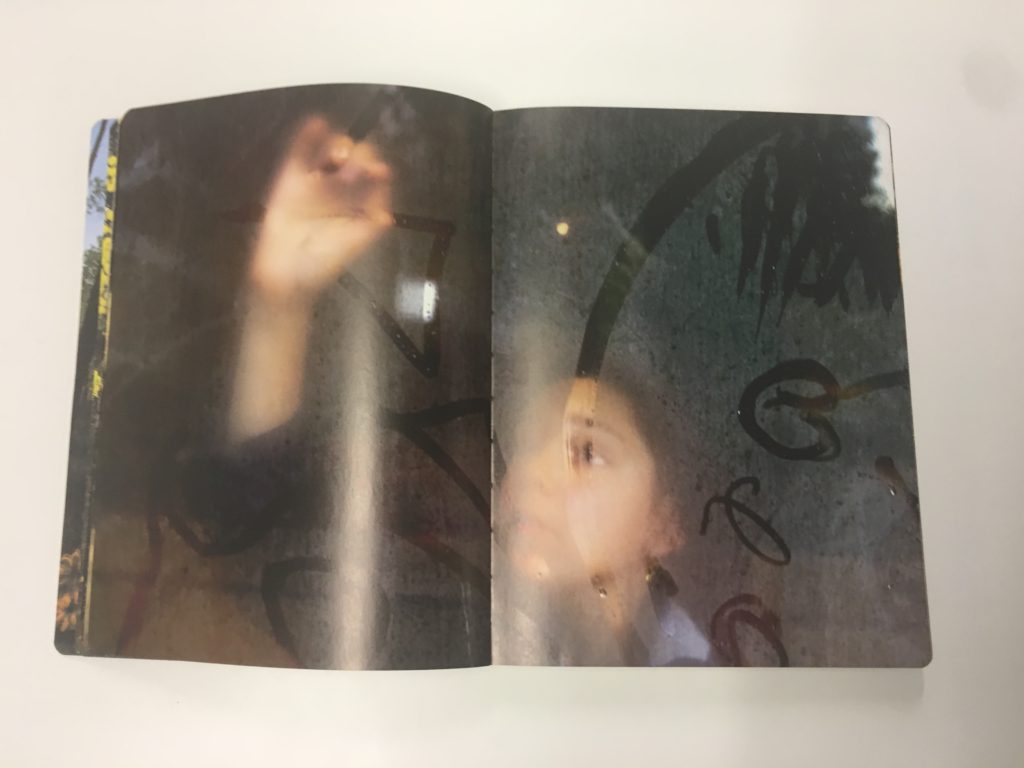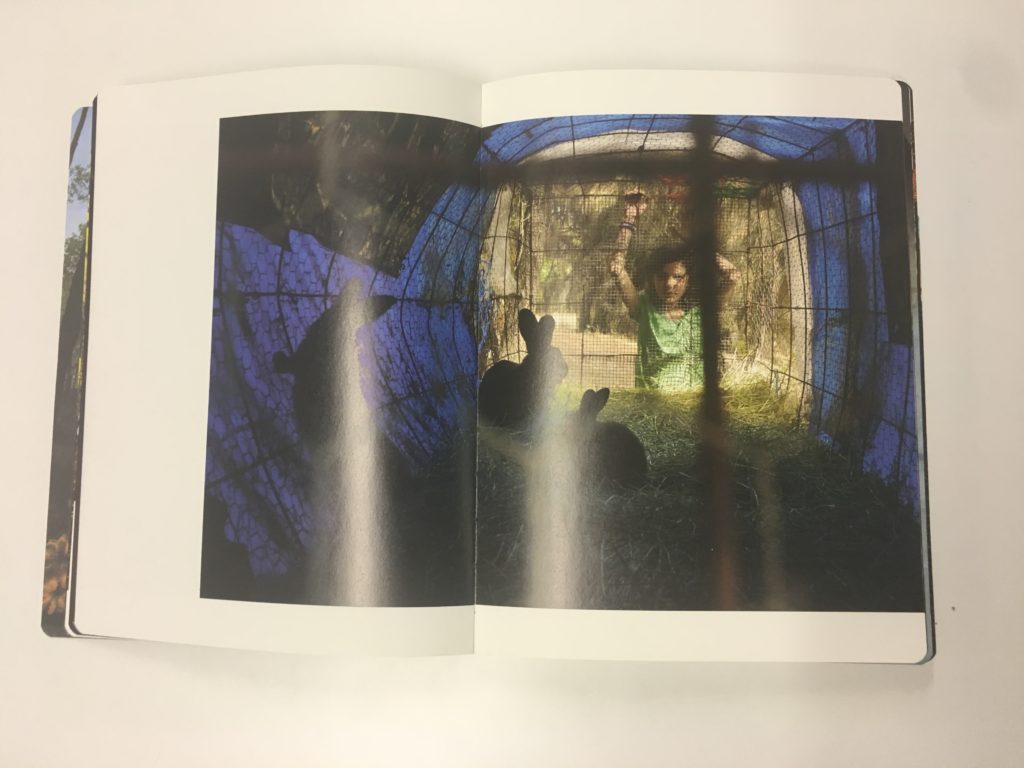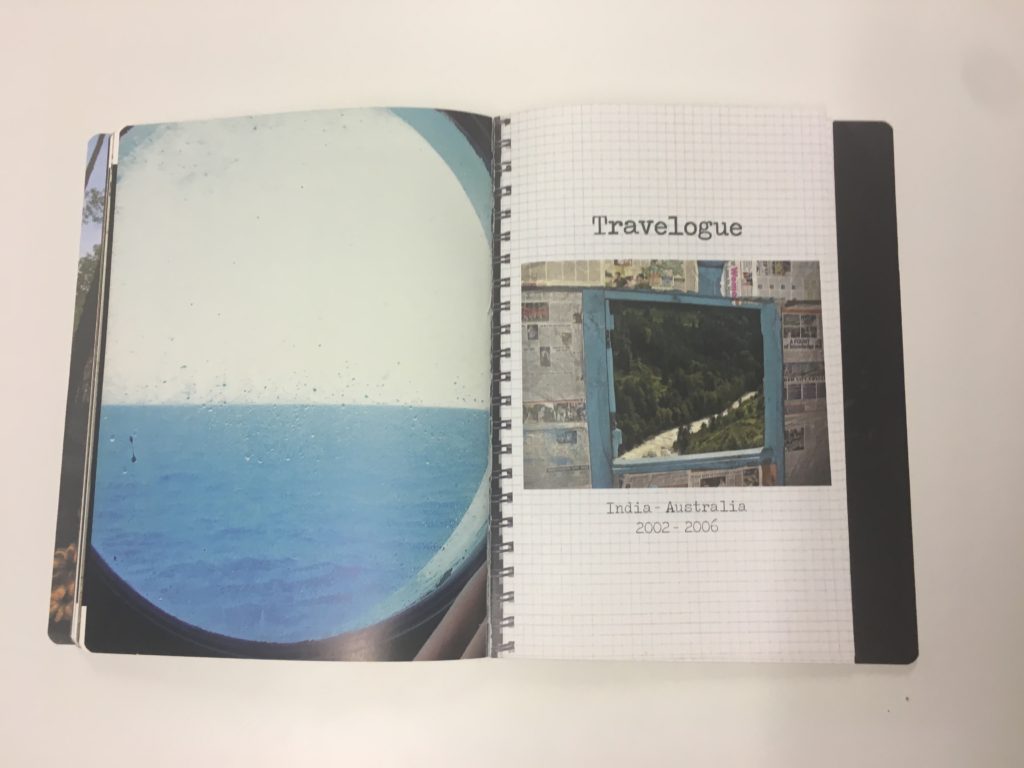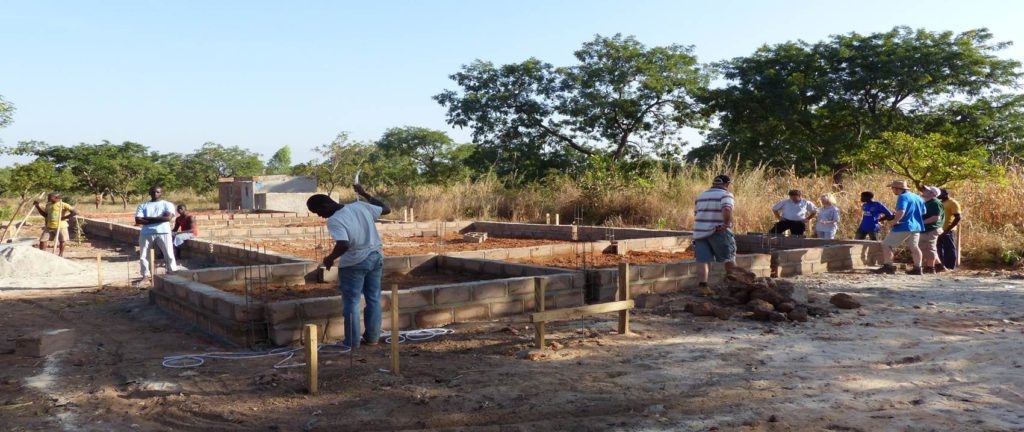
Burkina Faso is a country in the west of Africa which is landlocked by surround by 6 other countries including Mali and Niger. It covers an area of around 270,000 square kilometres with its captial being Ouagadougou. it has an estimated 18.9 million people living in it with the official language of the government and the majority of the people being french, this was due to the migration of french americans in the post colonial times. During the early 16th century the Songhai conducted many slave raids into what is today Burkina Faso. During the 18th century the Gwiriko Empire was established at Bobo Dioulasso and ethnic groups such as the Dyan, Lobi, and Birifor settled along the Black Volta.

In the late 1800’s military officers fron britain, france and germany made attempts to claim parts of burkina faso. After a complex series of events Burkina faso in 1896 became a French protectortate however french control remained uncertain between the end of the 1890’s.
The Franco-British Convention of 14 June 1898 created the country’s modern borders. In the French territory, a war of conquest against local communities and political powers continued for about five years. In 1904, the largely pacified territories of the Volta basin were integrated into the Upper Senegal and Niger colony of French West Africa as part of the reorganization of the French West African colonial empire. The colony had its capital in Bamako. The language of colonial administration and schooling became French. The public education system started from humble origins. Advanced education was provided for many years during the colonial period in Dakar.
Modern day
Political freedoms are extremely restricted in Burkina Faso and human rights organisations have criticized the compaore administration (a structure which decentralized power by devolving soem of its powers to regions and municipal authorities) for numerous acts of state spnsored violence against journalists and other members of society. I think that this is important to know before i land in this country, that in some areas taking images can be seen as an offence, and as it is on the border of Mali, a terrorist active country, high security is inforced in areas near the border where armed guards patrol the area and if you get a phone or camera out they are likely to consider it a terrorist threat and may arrest and contain you until they can prove otherwise.
There has recently been terorist attacks, one around a year ago and then again a couple of months back in the capital which means that military control is extremely tight and i do need to be careful about when i take images.
Another factor to be aware of is that around 60% of the countries population are muslims and due to their religion may not want to be photographed as they do not know what the purpose of the images are. Statistics on relig
 ion in Burkina Faso are inexact because Islam and Christianity are often practiced in tandem with indigenous religious beliefs. The Government of Burkina Faso 2006 census reported that 60.5% of the population practice Islam, and that the majority of this group belong to the Sunni branch,]while a small minority adheres to Shia Islam.There are also large concentrations of the Ahmadiyya Muslims.
ion in Burkina Faso are inexact because Islam and Christianity are often practiced in tandem with indigenous religious beliefs. The Government of Burkina Faso 2006 census reported that 60.5% of the population practice Islam, and that the majority of this group belong to the Sunni branch,]while a small minority adheres to Shia Islam.There are also large concentrations of the Ahmadiyya Muslims.
Burkina Faso’s 18 million people belong to two major West African ethnic cultural groups—the Voltaicand the Mande (whose common language is Dioula). The Voltaic Mossi make up about one-half of the population. The Mossi claim descent from warriors who migrated to present-day Burkina Faso from northern Ghana around 1100 AD. They established an empire that lasted more than 800 years. Predominantly farmers, the Mossi kingdom is led by the Mogho Naba, whose court is in Ouagadougou.









